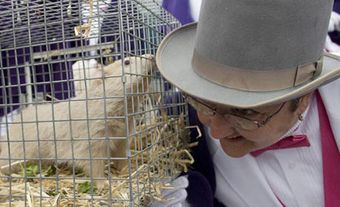Manitouwadge, Ont, incorporated as a township in 1975, population 2105 (2011c), 2300 (2006c). The Township of Manitouwadge is located in northwestern Ontario 397 km northeast of Thunder Bay. Manitouwadge is an Ojibwa word meaning "cave of the Great Spirit." The area's rich mineral resources - copper, lead, silver and zinc - were first identified in 1931, but the absence of gold deposits and the inaccessibility of the area delayed active development until 1953 when 3 Geraldton men, William Dawidowich, Roy Barker and Jack Forster, staked their claims. This touched off a prospecting stampede, out of which emerged General Engineering Co Ltd (GECO, later NORANDA INC) and Willroy Mines Ltd, both going into production in 1957.
The demographic growth of Manitouwadge dates from the construction of the CPR and CNR branch lines and the highway southward to the Trans-Canada Highway in 1954. As a mining camp Manitouwadge was unique because, although the companies owned most of the residential properties, the Ontario government itself designed the physical layout of the town so as to create a model urban community.
Forestry companies soon followed the mining companies into the area. In 1978 Willroy Mines closed but this was soon offset by the discovery nearby of the Hemlo GOLD field in 1981. Noranda closed its Manitouwadge operation in 1995, causing an exodus of residents.
Today Manitouwadge continues to rely on forestry and housing miners of the Hemlo gold field.

 Share on Facebook
Share on Facebook Share on X
Share on X Share by Email
Share by Email Share on Google Classroom
Share on Google Classroom


